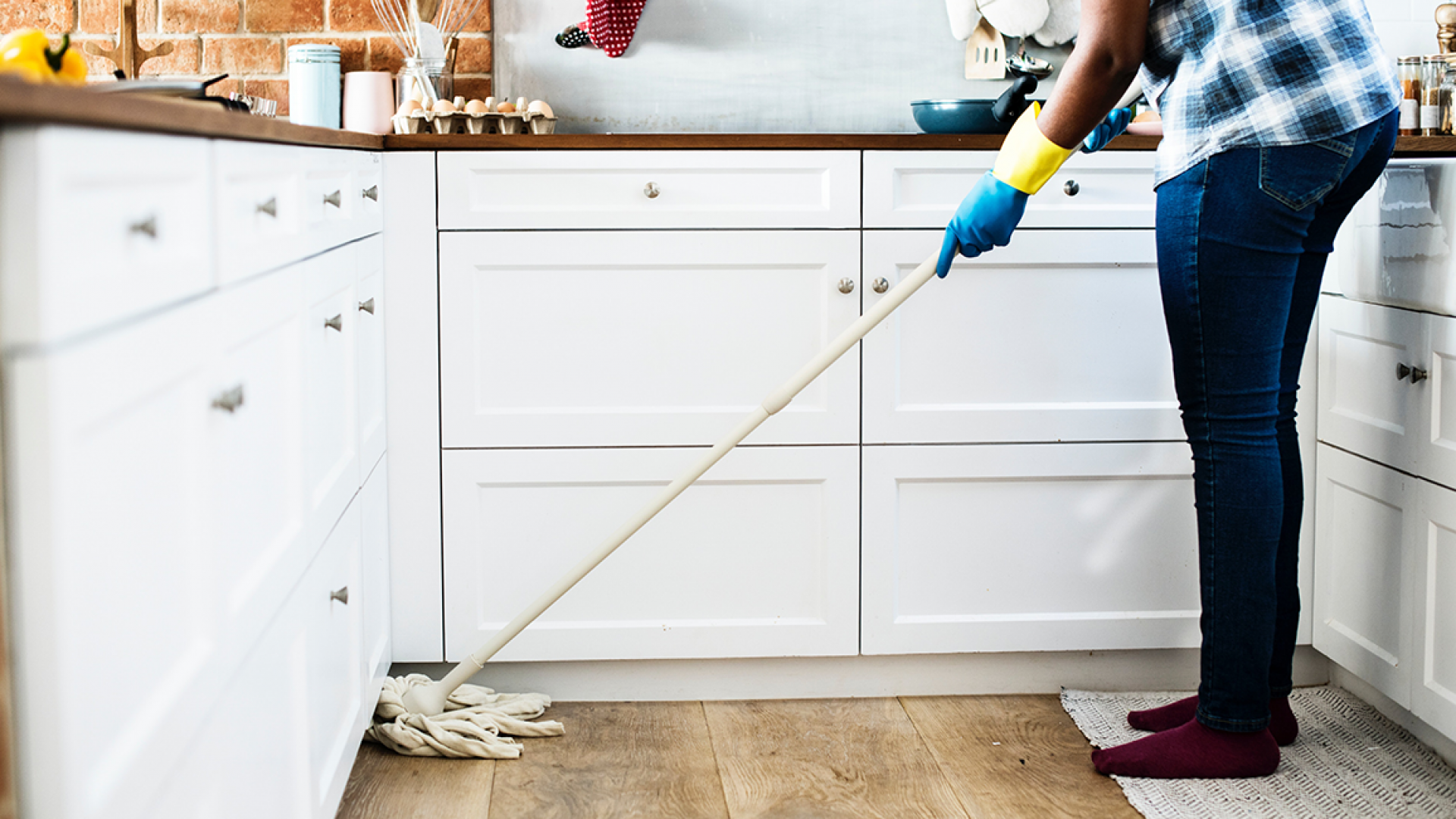Watch out for dryer lint. We know you clean the little trap inside the door, but most people neglect to clean the vents and ducts behind the dryer. Lint may seem innocent, but it’s highly combustible, according to the U.S. Fire Administration, accounting for more than 15,000 building fires a year.
Make sure your house can breathe. Hickory Hills, Ill. home inspector Jack McGraw is always surprised at how many people’s bathrooms and attics aren’t vented to the outside (or the vents are covered over with shingles.) This makes you a prime candidate for mold.
And if you’re considering a remodel — and your home was last built or remodeled before 1978 — consider testing for lead paint and asbestos flooring. It will have to handled properly during removal, or particles can be released into the air for you to ingest.
3: Shrink your bills (and your carbon footprint in the process)
When people think of going green, they often think it takes solar panels or a hybrid car to make a difference.
Not so, says Bob Schildgen, who wrote the “Hey Mr. Green” column for Sierra magazine. It just takes a little old-fashioned common sense.
The best place to start is by cutting your energy usage in your home:
– Remember your mom’s advice and switch off the lights when you leave a room.
– Turn off your air conditioner when you leave the house and dial your heater down to 55 degrees at night.
– Install LED bulbs and low-flow showerheads.
– Try drying some of your clothes on the line and wait for the dishwasher or washing machine to be full before you run them.
– Turn off your power strips and/or set your home computer to revert to sleep mode when not in use.
– Water your yard less. Put in drought-tolerant landscaping if necessary.
– Give composting a try. Your garden will thank you.Continue Reading the Full Article Here.




